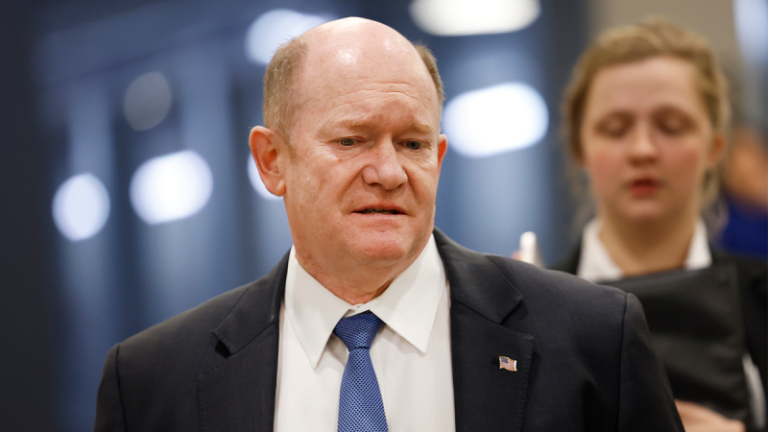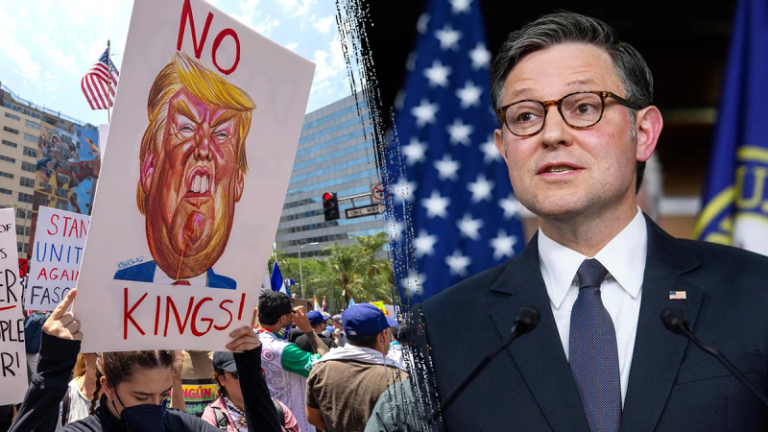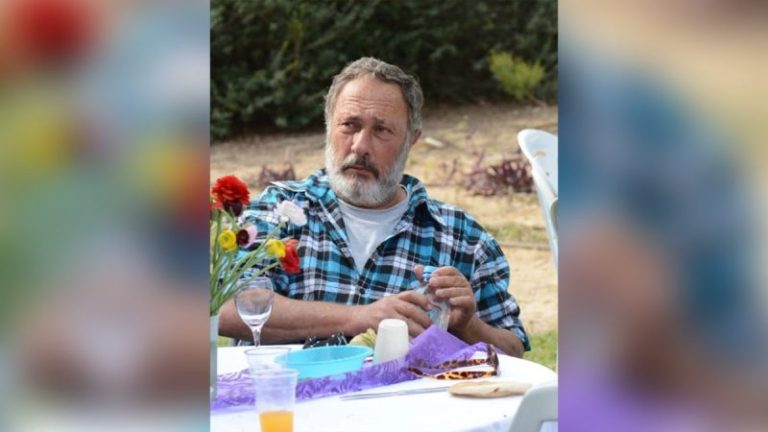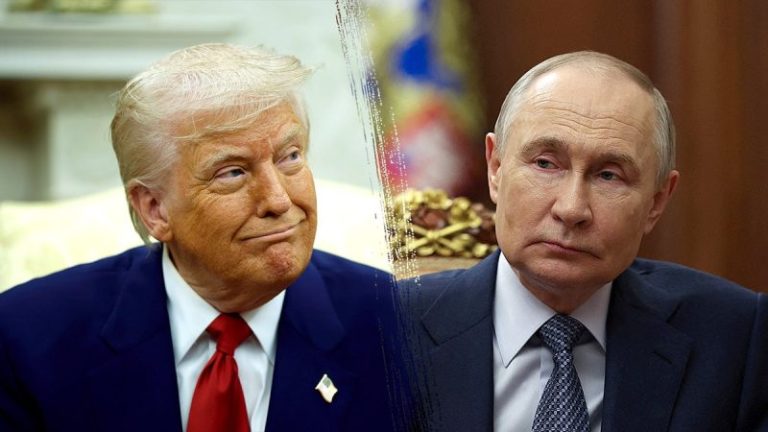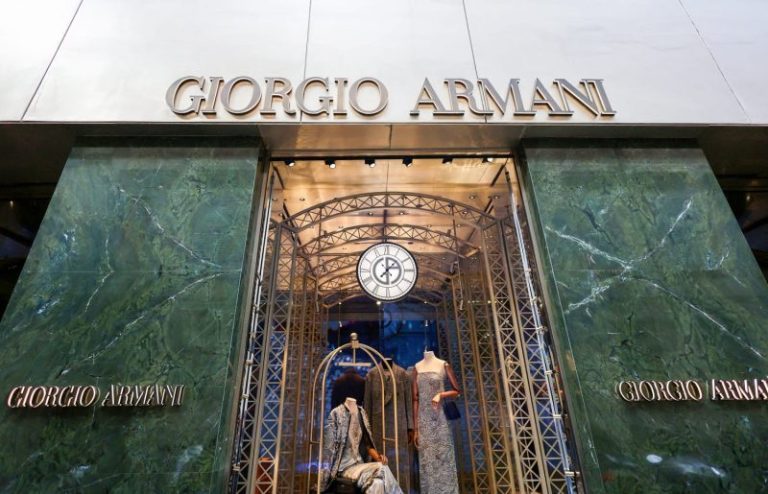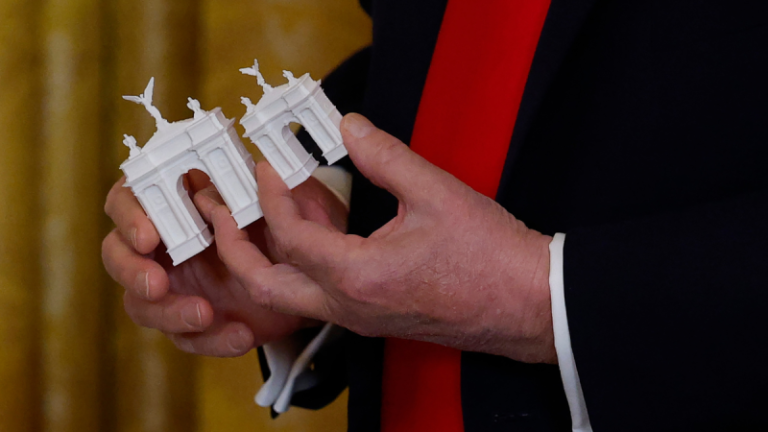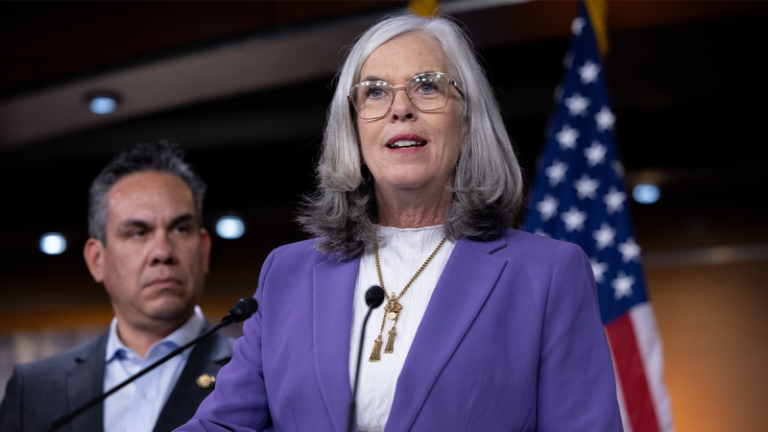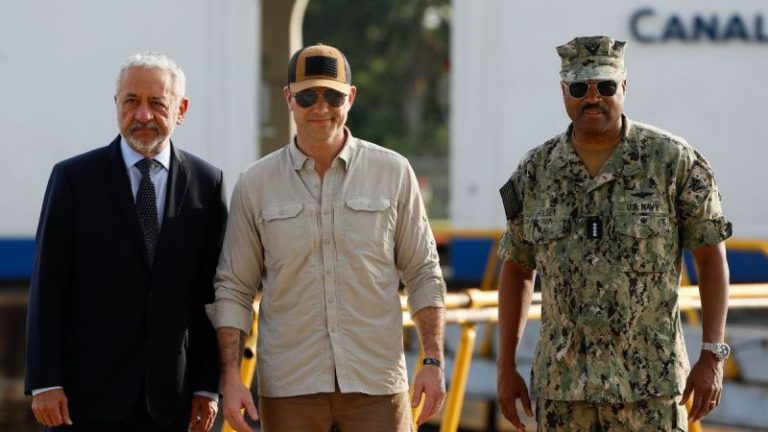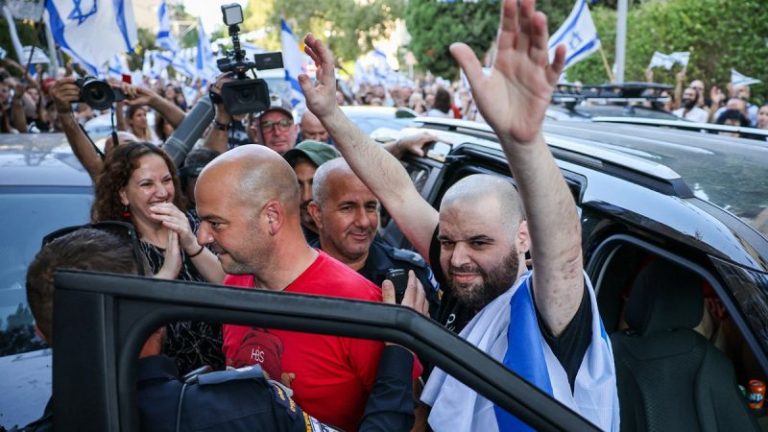Several Democrat senators seemed ready to expand COVID-era Obamacare tax credits holding up spending legislation needed to reopen the government — but less willing to grapple with what that would mean for the country’s expenses.
‘I’ll disagree with the framing of deficit increase,’ Sen. Chris Coons, D-Del., said when asked about the program’s implications for the country’s bottom line.
Others, like Sen. Alex Padilla, D-Calif., declined to respond.
The country plunged into a shutdown at the beginning of the month when lawmakers failed to agree on a short-term spending extension that would have funded the government through Nov. 21. But the disagreement wasn’t about the package itself. In 2021, Congress temporarily expanded eligibility for Obamacare’s enhanced premium tax credits subsidies, meant to help Americans pay for their health insurance plans amid the uncertainty of the pandemic. That increased eligibility sunsets at the end of 2025. Democrats have made the program’s continuation a key condition in support for any spending package.
Republicans need at least seven Democrats to advance spending legislation in the Senate, where Republicans must clear the 60-vote threshold to overcome a filibuster. The GOP holds 53 seats in the chamber.
According to the Committee of a Responsible Federal Budget, a nonpartisan fiscal policy think tank, continuing the expanded credits could cost upwards of $30 billion annually.
Where Republicans see the expiration as an opportunity to return government spending to pre-COVID levels and shrink the national deficit, Democrats have expressed alarm over recipients who could face an abrupt end to their federal assistance.
‘You have literally millions of Americans who will no longer be able to afford their health insurance or will be thrown off health insurance when the tax credits that make the Affordable Care Act affordable expire at the end of this year,’ Coons said, referring to the 2010 health care reforms that put Obamacare into law.
Other Democrats pointed to healthcare as the key consideration at play.
‘Republicans need to restore healthcare to the American people. That’s my position,’ Sen. Mazie Hirono, D-Hawaii, said.
Findings by KFF, a healthcare policy think tank, indicate that over 90% of the 24 million Obamacare enrollees make use of the enhanced credits.
Democrats have voted against reopening the government 10 times since the start of the shutdown.
Lawmakers like Sen. John Curtis, R-Utah, have pushed back on Democrat opposition, noting that the credits were always designed to be temporary — and that Democrats were the ones who included the sunset provision to begin with.
‘This is a pre-determined crisis by the Democrats,’ Curtis said. ‘They’re the ones who put the expiration date on these.’
That’s also the position of Sen. John Boozman, R-Ark.
‘My concern is that [the credit expansion] was done during the pandemic, because of the pandemic. The pandemic is over. As a result, you’ve got people making $300,000 on a subsidy.’
‘So, what we need to do is get the government open, not hold the American people hostage and start talking, because there will be some people that are hurt,’ Boozman added.
Boozman isn’t the only Republican concerned about both: ballooning government costs and the Americans who would have to adjust their payments to afford healthcare without the subsidies.
Sen. Lisa Murkowski, R-Alaska, who has cautioned against sudden shifts to healthcare programs, said talks to advance both priorities haven’t made much progress.
‘I’m trying to figure out a way that we can ensure that healthcare coverage for Americans remains, and we’re not making much headway this week,’ Murkowski said.
Other Senators hinted that talks were advancing in some way but declined to describe them.
‘I’m not getting engaged right now, because I may or may not be involved in any negotiations on what the ultimate resolution of this will be. At this point, until the Democrats open the government, I’m not going to discuss details,’ Sen. Mike Crapo, R-Idaho, said.
Both chambers of Congress left Washington, D.C., for the weekend. The Senate will return Monday.

